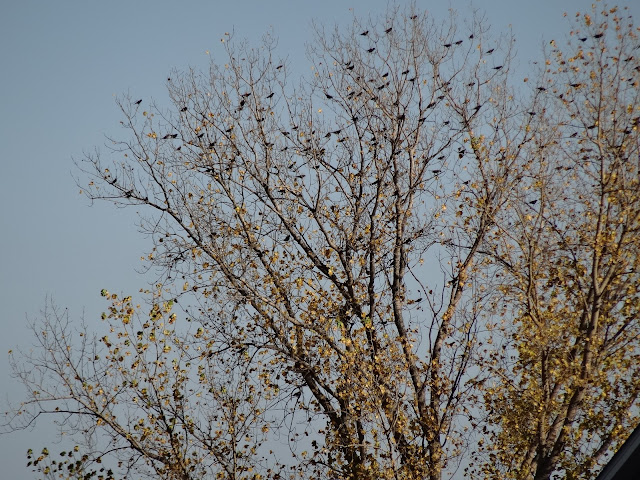Hooded Mergansers Lophodytes cucullatus appear prominently on the pond when the weather is nice (you can not miss their dazzling appearance and active diving), and they disappear from view when it is not nice. This year, April has been colder than normal, rainy, and with mostly gray skies.
Waterfowl like these are here on their nesting ground. They can find shelter from bad weather in the weeds and reeds around the pond. This Hooded Merganser pair can find plenty to eat here . . . small frogs, tadpoles, insects, seeds, and even the roots or bulbs of water plants. When they're satisfied, the pond offers several exposed rocks, logs, and shallow bars for critters to use as loafing sites.
Next up -- finding a nesting site.





























